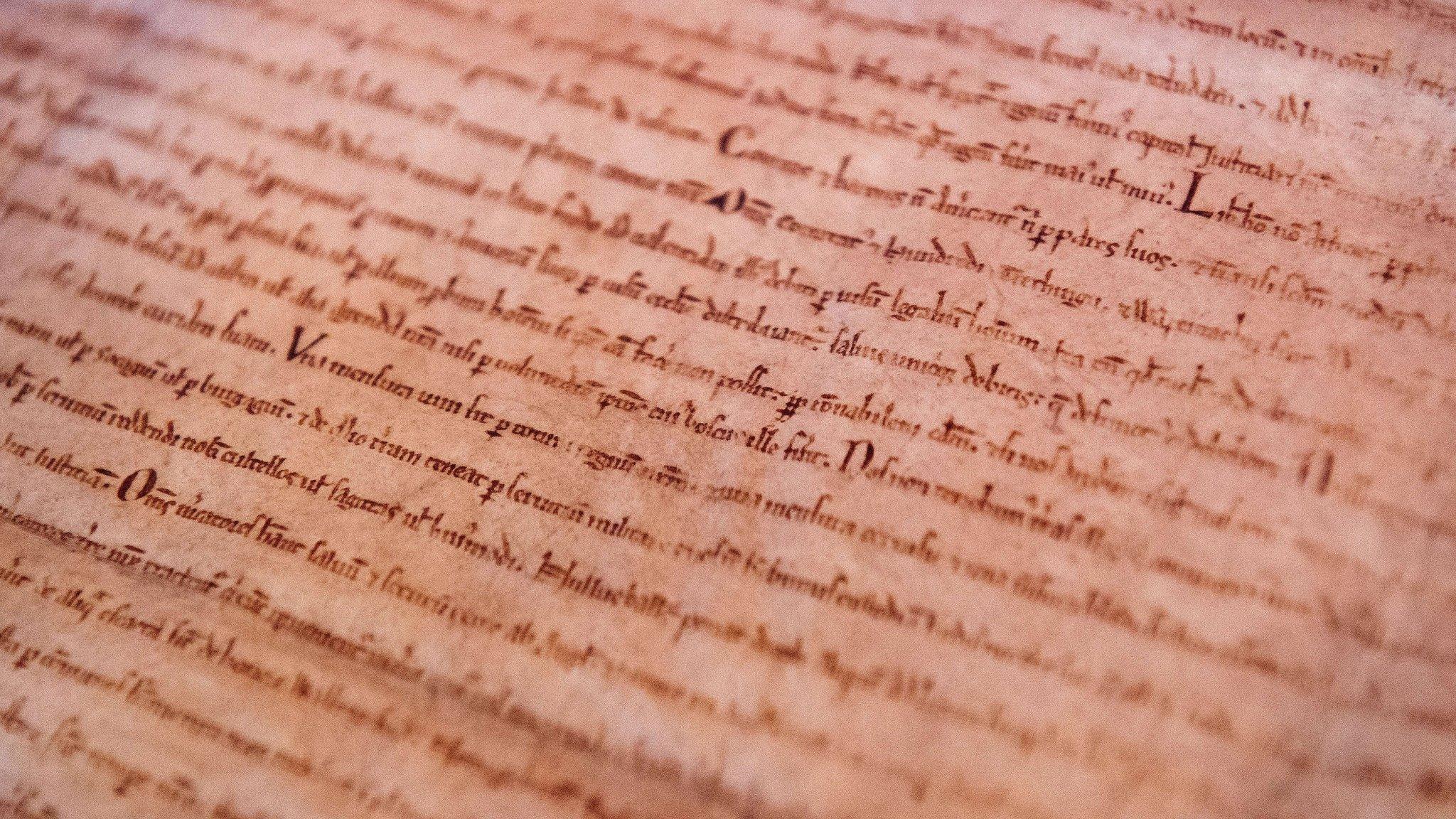Bayeux Tapestry: What is a Unesco Memory of the World?
- Published
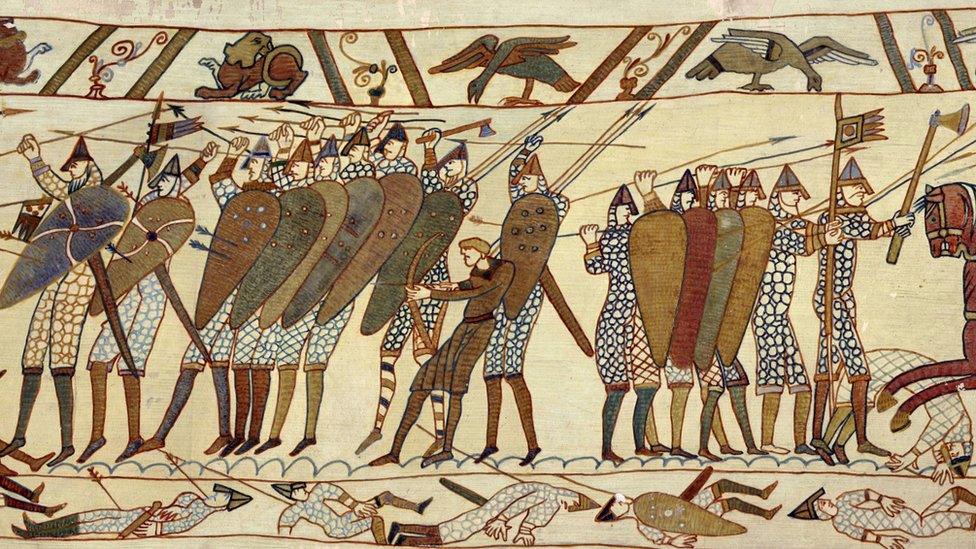
The French president is expected to announced that his country's precious Bayeux Tapestry will go on display in the UK for the very first time. This will be the first time that it has left France in 950 years! The Bayeux Tapestry is a bit like a big embroidered comic strip. It tells the story of the Norman Conquest of England in 1066 and shows what life used to be like in the Middle Ages. It is an incredibly important historical document, which is why it is included on Unesco's Memory of the World list.
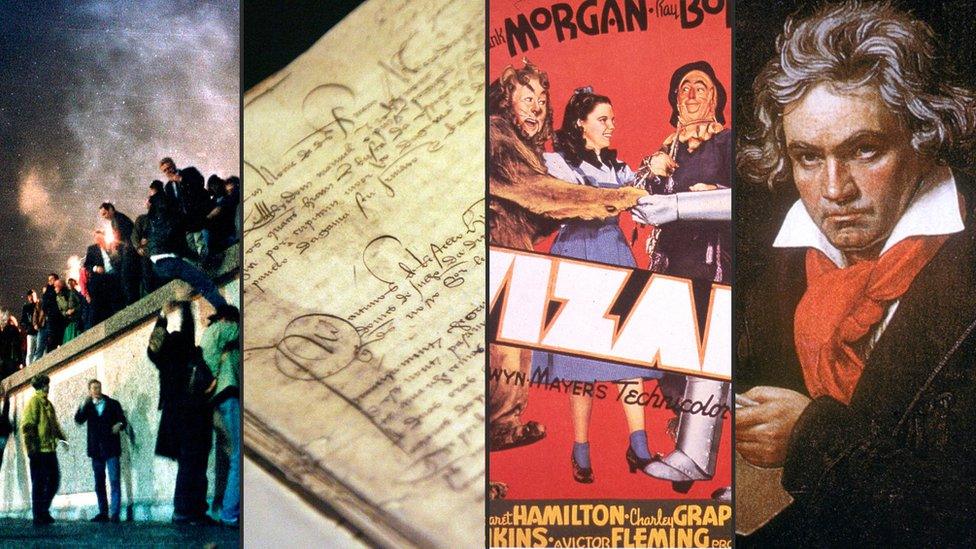
But what is this list? Well, the Unesco Memory of the World list started in 1995, as part of a programme that protects documents of great historical significance. A group of people meet every two years to decide on any new items that should be added to it. In October 2017, the group recommended 78 additions. So let's take a closer look at some of the other historical documents that are classed as Unesco Memories of the World.
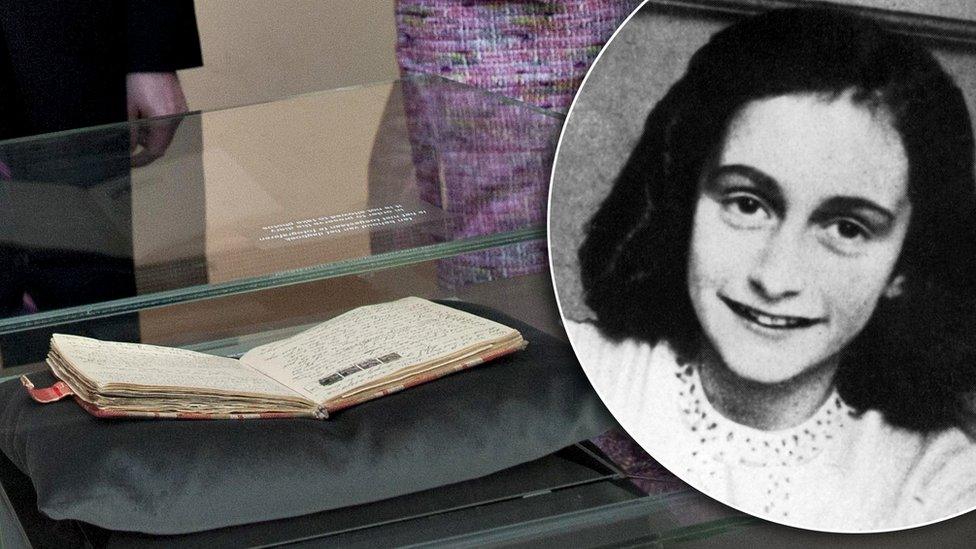
You have probably heard of Anne Frank's diary. Anne Frank was a young girl who, for two years, had to go into hiding from the Nazis during World War Two, as her family were Jewish. She kept a diary during this time, which describes what her life was like. It is in the top 10 of the most read books in the whole world.
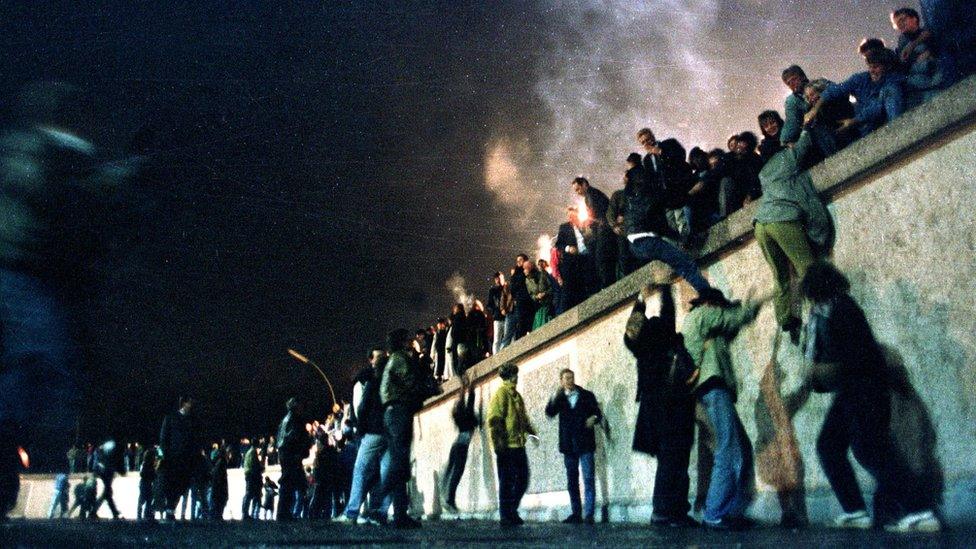
Another item from World War II history on the list is documents relating to the building and the fall of the Berlin Wall. The Berlin Wall split Europe in two and divided the German city of Berlin for almost 30 years. It was built overnight - much to the surprise of people on either side of it - and it stopped people moving from one part of the city to the other (you can find out more about it in the link at the bottom of this page). It was knocked down in 1989, but it remains an extremely important part of European history.
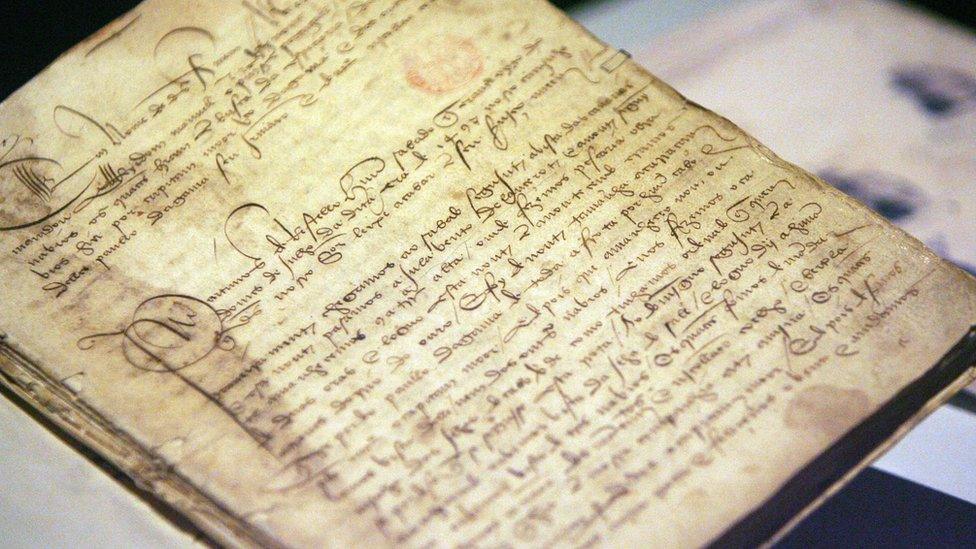
Another personal story which was approved to the list is a journal from the first voyage of Portuguese explorer Vasco da Gama to India, which took place from 1497 to 1499. Nobody actually knows who wrote it, but it tells the story of the first sea voyage to India by a European country- an extremely important moment that changed history. It is the only known copy of the report around to this day.
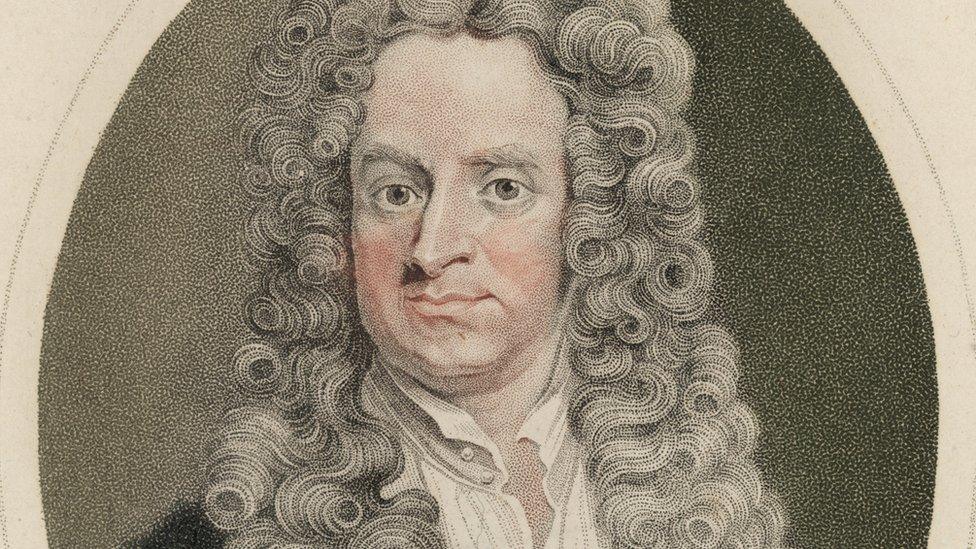
The list also contains papers from people whose knowledge has changed how we think. The scientific and mathematical papers of this man - Sir Isaac Newton - get a mention, as he is the person who discovered gravity! The papers document how his thoughts about it developed, amongst other mathematical theories, which is pretty heavyweight stuff.
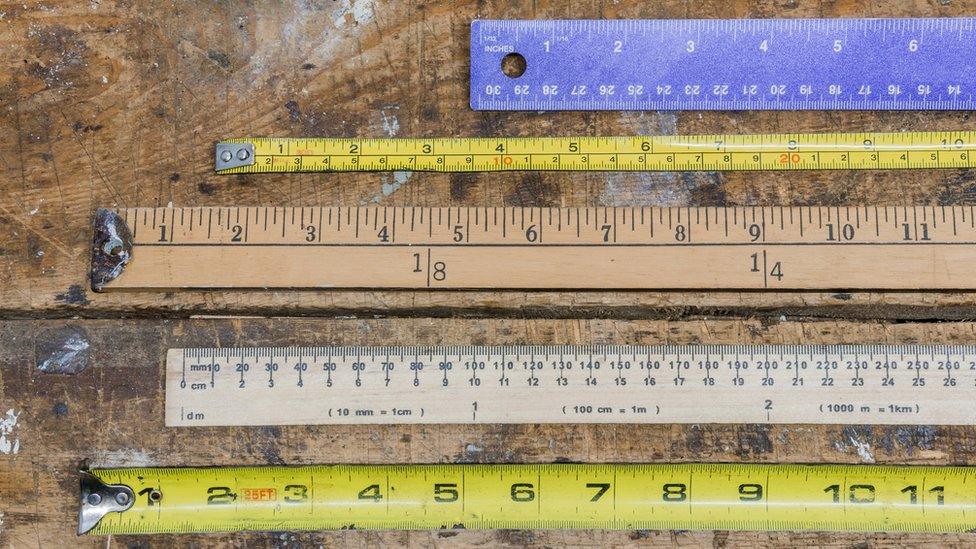
Staying on the subject of numbers, an important moment in time that is also considered a Memory of the World is the introduction of the decimal metric system, around the beginning of the 19th century. This system - that is, the system of metres, litres and grams - actually started in France and it is what today’s international measurement system is based on, so the start of it was a pretty big deal.

It's not all maths and journals on the list, though. Have you seen this film? As the official website for the list says: "In 1939, as the world fell into the chaos of war, Metro-Goldwyn-Mayer released a film [all about] kindness, charity, friendship, courage, fortitude, love and generosity." The Wizard of Oz is loved all over the world by people of all ages, and for that reason has earned its place as a Memory of the World too.
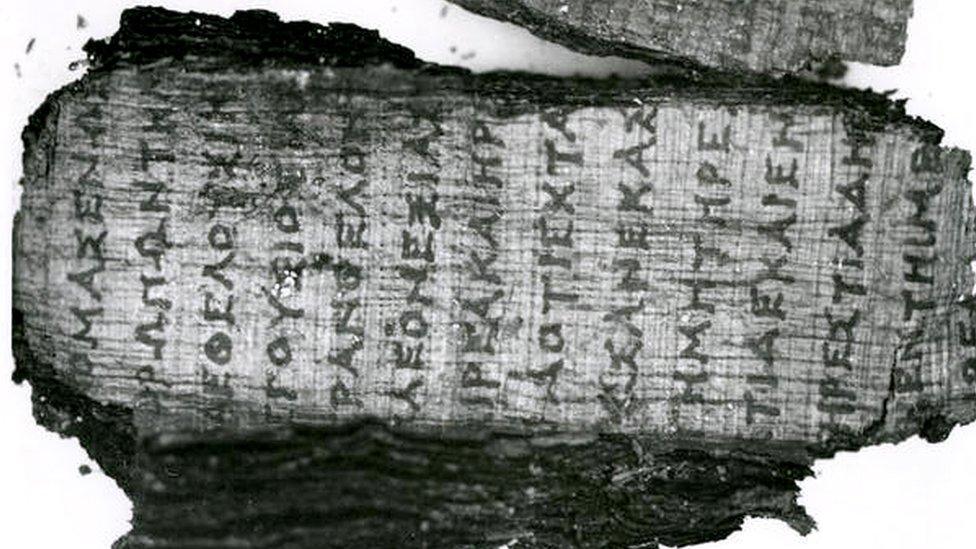
Have you ever read a book that maybe one of your parents had when they were younger? Well, I bet you've never read anything quite THIS old. This is the Derveni Papyrus, which is said to be the oldest surviving European book. It was only found in January 1962 in a tomb in Greece, but it dates back as far as 340 BC. Over the years, people have worked to reconstruct it and academics still can't agree on who actually wrote it.

As well as films and books, music can also feature on the list. This man - Ludwig Van Beethoven - was one of the most influential composers of classical music. In 2001, the committee approved one of his pieces - Symphony no 9, d minor, op. 125 - to be included as it is one of the best known pieces in the world. The work went on to heavily influence the history of music.

Finally, it won't come as a surprise to find one of the most important documents in English history on the list - the Magna Carta! The document, which was written in 1215, set out a list of basic rules about how the country would be run, which was the first time this had happened. While many of the rules on the list no longer exist, the Magna Carta created the idea that the country should have laws - which certainly remains important to this day.
- Published13 October 2016
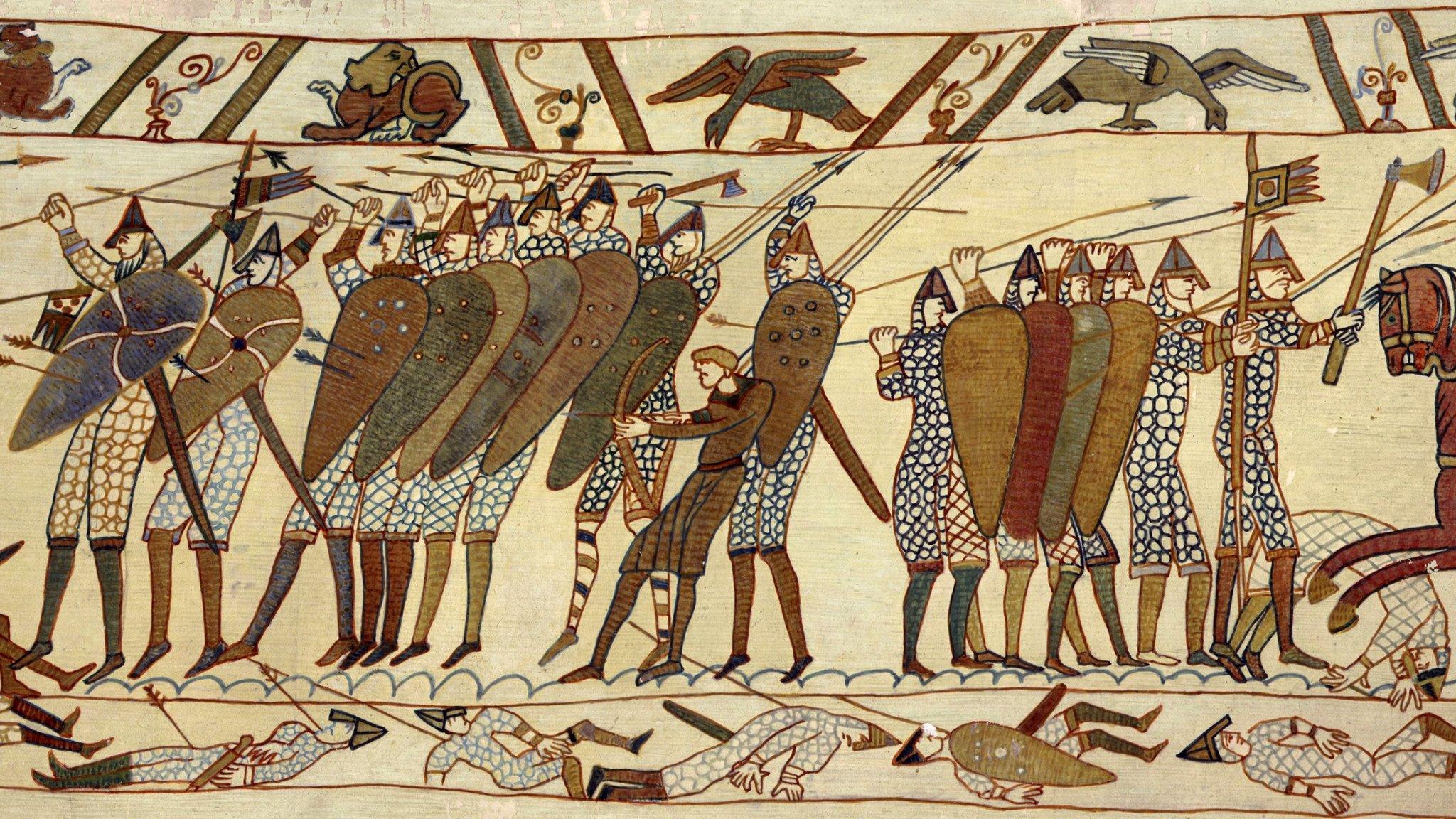
- Published6 November 2023

- Published29 April 2022

- Published15 June 2015
